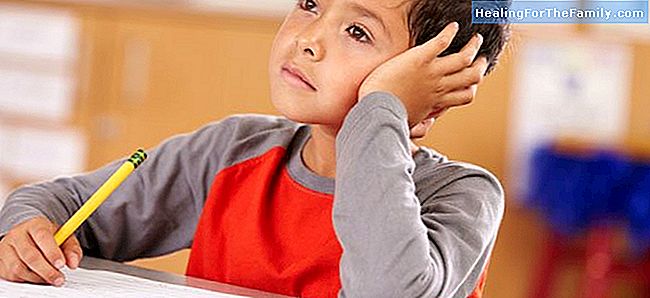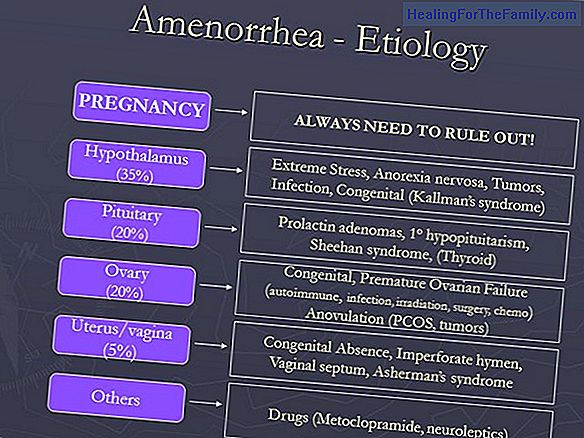Most common learning difficulties in primary school children
We can say that a child has specific learning difficulties when he has difficulties in the acquisition and development of basic instrumental skills such as reading, writing or calculation . All the children at the beginning of these learnings can present problems or difficulties but when these persi
We can say that a child has specific learning difficulties when he has difficulties in the acquisition and development of basic instrumental skills such as reading, writing or calculation. All the children at the beginning of these learnings can present problems or difficulties but when these persist, we can be talking about learning difficulties.
These difficulties have a neurobiological basis that affects the cognitive processes involved in language, reading, writing and / or arithmetic, (attention, memory, perception) with important implications for academic development.
Types of learning difficulties in children

The most important thing in relation to learning difficulties is the early and adequate detection of them to be able to intervene on them and minimize the consequences they have both on the children's learning and on their Emotional development.
Conceptualizing and classifying learning difficulties and their causes is not an easy task. Therefore we will try to describe the most common in primary school, and what we should do if we suspect that behind the problems of our children in school, a D.A.
- Reading and writing: we speak here of dyslexia, dysgraphia, disortographies and difficulties in reading comprehension.
Characteristic features of these disorders are the confusion of phonemes, the rotation or substitution of letters, union or fragmentation of words, spelling mistakes that are not specific to the learning process of orthographic rules (bv, h-jg, accentuation, etc ...), slow reading, low reading comprehension ...
- Mathematics and calculus:dyscalculia, difficulties in mathematical reasoning.
Children have difficulties in understanding and handling numbers and quantities, in basic mathematical operations (addition and subtraction), in understanding the place occupied by each number in a number, writing the numbers with investments, (writing 23 and read 32), and difficulties in solving problems.
- Attention: difficulties in concentrating and maintaining attention, whether due to ADD, ADHD or due to fragility or attentional immaturity.
Children with difficulties and attentional problems with or without hyperactivity will have difficulties in learning, which may affect reading, writing, calculating or solving problems. In the classroom the children have difficulty paying attention to the learning stimuli, therefore they will have difficulty to follow the explanations of the teacher, to acquire new learning, or for example to complete the exams. They are easily distracted and it is not that they do not want to attend, we can say that they do not know what to attend to.
Although here we present them differentiated by areas, and we only show the features that characterize their learning, although there are certain personal and emotional characteristics that also characterize them. They can occur jointly, (usually in dyslexia there are attentional difficulties, difficulties in problem solving since it involves reading comprehension and in cases of ADD-ADHD there are difficulties in reading comprehension or mathematics).
It is essential that, in case of any suspicion of learning difficulties, we contact a professional who will guide and advise us and perform a detection and diagnosis of the same. Children with LD need appropriate teaching and learning strategies. These difficulties are diagnosed from 6-7 years, but first what we can detect are warning signals that must be addressed, because the sooner they are involved in them, the less impact they will have on the children's learning.












